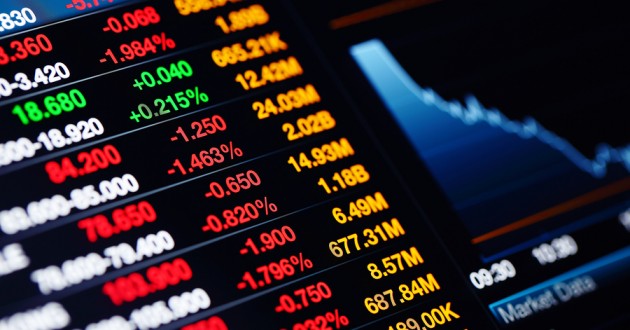
Last week we learned about the efficient market theory. Yeah, yeah, yeah I know it was literally 7 days ago! I’ll save all you lazy bums some time and explain what it is again. Efficient market theory is the stock market incorporating all available and relevant information immediately into stock prices. If you religiously believe in this theory then you also believe it is impossible to beat the stock market. Therefore, you’ll just invest your money in a diversified mutual fund and take whatever return the market gives you.

However, many of are jumping up and down saying that it is not true! Not everyone invests in a diversified mutual fund to get the market return. I bet a very few people out there actually do this. Many people choose their own stocks and hope to beat the market. As a result, these rebels don’t believe in the efficient market theory.
Believe it or not, these people are also correct about the stock market. Before, all of you start yelling at me about how confusing I’m being right now. Let’s all take a deep breath and I will explain the basics behind this point.
Everyone has their own philosophy behind the efficient market theory. Individuals believe it to a certain extent. There are 3 basic levels about the efficient market theory, which can be weak, semi-strong and strong.
Weak-form efficient market theorists believe that the market is efficient in reflecting all market information. This hypothesis assumes that the rates of return on the market should be independent. Therefore, past rates of returns should have no effect on future returns. The most popular tests executed by weak-form efficient market believers are statistical tests for independence and trading tests.
On the other hand, semi-strong form of the efficient market theory indicates the market is efficient in reflecting all publicly available information. As a result, stock prices adjust quickly to new information. Most traditional investors believe in this sort of efficient market theory. These type of theorists conduct event tests and regression series tests.
Lastly, the final form of the efficient market theory is strong form. This hypothesis implies the market is efficient at reflecting all information that is both public and private information. Interestingly enough, if this theory is true then no average investor can profit when new information is released. The typical investors who believe in this theory are insiders, exchange specialists, analysts, and institutional money managers.

I hope this clears the confusion between all the different types of efficient market theory. Whatever you believe, you should manage your risk in the stock market. Never invest too much money or a loss can lead to detrimental consequences in your life.
All in all, ride the bull or claw down the bear (just nerdy finance slang-just leave me alone).






